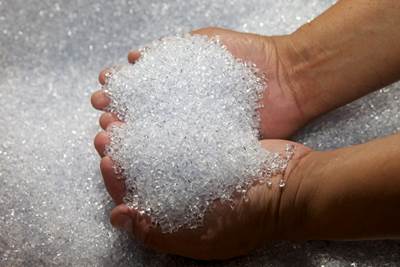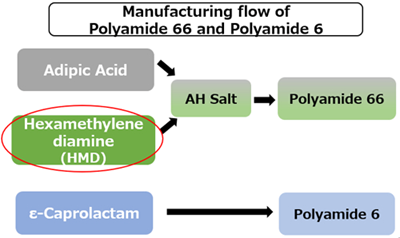Engineering Resins
High-Performance Polyacetal Series for Medical & Healthcare Applications
Polyplastics’ expanded portfolio of Duracon POM PM series geared to drug contact and delivery applications.
Read MoreMedical-Grade Nylon 6, Nylon 6/66, and PET
DSM Engineering has expanded its Medical Care portfolio of engineering materials for medical devices.
Read MorePrices Rising for Most Volume Resins
With the possible exception of PVC, high energy and feedstock costs exacerbated by Russia’s war on Ukraine were leading resin prices higher.
Read MoreHigh-Temperature Foaming Agents Reduce Weight and Costs for Engineering Resins
iD Additives’s Micro Fine Cell product line increasingly used for PC, PC blends, nylons and more.
Read MoreGenomatica and Asahi Kasei Collaborate on Renewably-Sourced Nylon 66
Parnership will accelerate momentum for Genomatica’s new route to HMD and Ashai Kasei’s sustainability strategy
Read MoreThinner Gauge Dielectric Film for Capacitors of Hybrid, Plug-in-Hybrid, and Battery Electric Vehicles
SABIC’s new 3-micron gauge of Elcres HTV150A film is 40% thinner than its 5-micron film launched last year.
Read MoreHow SABIC Developed a Prototype Solid-State Water Meter Made from Amorphous Noryl PPO to Make an Entry in that Sector
The company has demonstrated that GF Noryl can meet the required mechanical part performance level in injection molded complex parts to compete with incumbent thermoplastics and even brass.
Read MoreTracing the History of Polymeric Materials: Polyesters
Beyond PET, PBT and their analogues, development of polyester chemistry led to unsaturated thermosetting resins, copolyester thermoplastic elastomers, liquid-crystal polymers and, most recently, biopolymers.
Read MoreLong Fiber Composites Based on Nylon Reclaimed from End-of-Life Fishing Nets
Avient’s new Complēt R long fiber-reinforced composites incorporate nylon 6 PCR from discarded fishing nets.
Read MoreSAN and SMA Copolymers Based on Renewable Feedstocks
Ineos Styrolution’s NAS Eco and Luran Eco product ranges have a carbon footprint reduction of 77% and 99% compared to fossil-based styrenics.
Read More


















